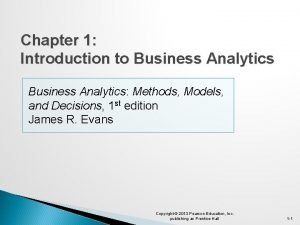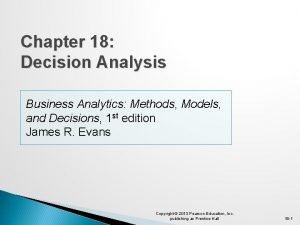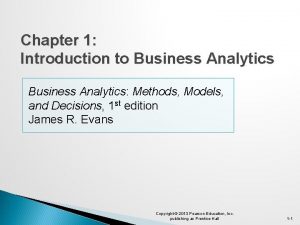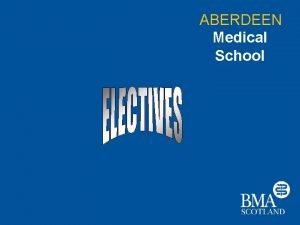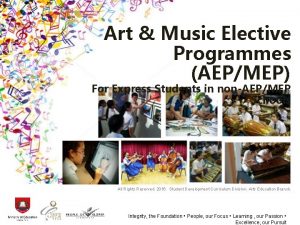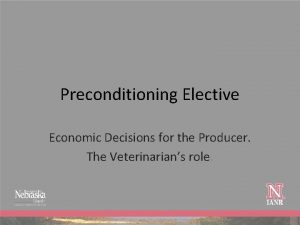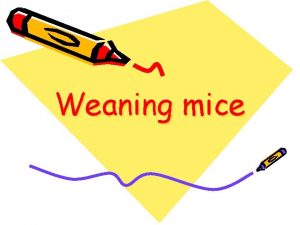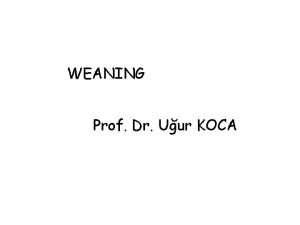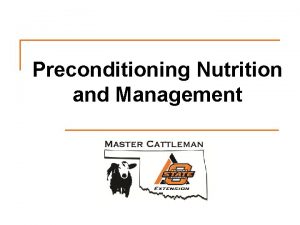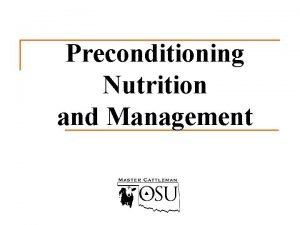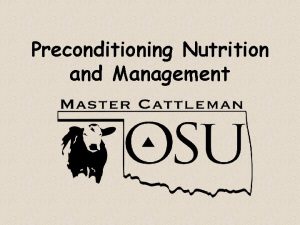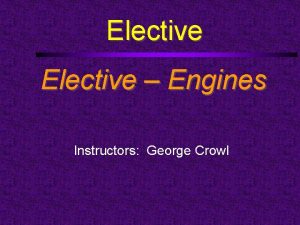Preconditioning Elective Weaning methods and Nutrition Weaning Decisions










- Slides: 10

Preconditioning Elective Weaning methods and Nutrition.

Weaning Decisions Options associated with weaning must be based on producer wishes and willingness and ability to provide additional resources and labor associated with feeding, treatment. The producer must also accept additional risk associated with retained ownership year to year. Options include: o Calf removal and immediate marketing. o Calf removal and starting calves in a dry lot. o Calf removal with fenceline contact with dams. o Two stage weaning with applied nose flaps which inhibit nursing followed by some form of calf removal.

Weaning Methods • Traditional method of weaning generally involves calf removal to a distant site with out cow contact and placement in a dry lot. Advantages include one time working of the cattle for separation and ability to observe for illness. Disadvantages include: • Increased calling. • Increased pacing. • Decreased weight gain. • Increased morbidity.

Weaning Methods Fence line weaning: • This method allows for separation of calves across a solid fence for a defined period of time before complete separation. • Disadvantages include need for high quality fencing and more difficulty finding and treating sick calves. • Advantages include decreased stress as measured by calling and pacing, decreased morbidity and increased weight gain.

• Haley 2001 showed the amount of time calves spent walking and the number of times calves called was significantly reduced when calves and their mothers could see each other across the fence. • Research at the University of California-Davis shows that, in addition to reducing the distress response, calves weaned by fence-line contact gained about 30% more weight than traditionally weaned calves in the 10 weeks after they were separated from the cows.

Weaning Methods Two step method employing the application of nose flaps to inhibit nursing for 5 -7 days followed by either fence line weaning or calf removal. • Disadvantages of increased handling and loss of nose flaps. • Advantages of decreased morbidity and stress as defined by cortisol and calling and pacing behavior. Increased weight gain.

Haley and Stookey 2005 • the two-step calves vocalized 85% less, walked 80% less and spent 25% more time eating compared to calves weaned the traditional way. • calves weaned by the two-step method showed less calling and movement when they were denied milk and again when they were denied contact with their mother. This suggests that traditional weaning methods of removing both milk and mother at the same time cause undue stress on calves.

Discussion and Questions

• E. O. Price, J. E. Harris, R. E. Borgwardt, M. L. Sween and J. M. Connor. Fenceline contact of beef calves with their dams at weaning reduces the negative effects of separation on behavior and growth rate. J ANIM SCI 2003, 81: 116 -121

Haley, D. B. , Stookey, J. M. , Clavelle, J. L. , Watts, J. M. , 2001. The simultaneous loss of milk and maternal contact distress at weaning in beef calves. In: Proceedings of the 35 th International Congress of ISAE, The Center for Animal Welfare, University of California, Davis, USA, p. 41. Haley, D. B. , Bailey, D. W. , Stookey, J. M. , 2005. The effects of weaning beef calves in two stages on their behavior and growth rate. J. Anim. Sci. 83, 2205– 2214.
 Decisions decisions decisions poster
Decisions decisions decisions poster Screening decisions and preference decisions
Screening decisions and preference decisions Academic writing and composition
Academic writing and composition Business analytics methods models and decisions
Business analytics methods models and decisions Decision tree business analytics
Decision tree business analytics Business analytics methods models and decisions
Business analytics methods models and decisions Aberdeen medical elective
Aberdeen medical elective Pinakaimportanteng detalye ng sanaysay
Pinakaimportanteng detalye ng sanaysay Music elective programme secondary school
Music elective programme secondary school College preparatory elective examples
College preparatory elective examples Elective ict
Elective ict



